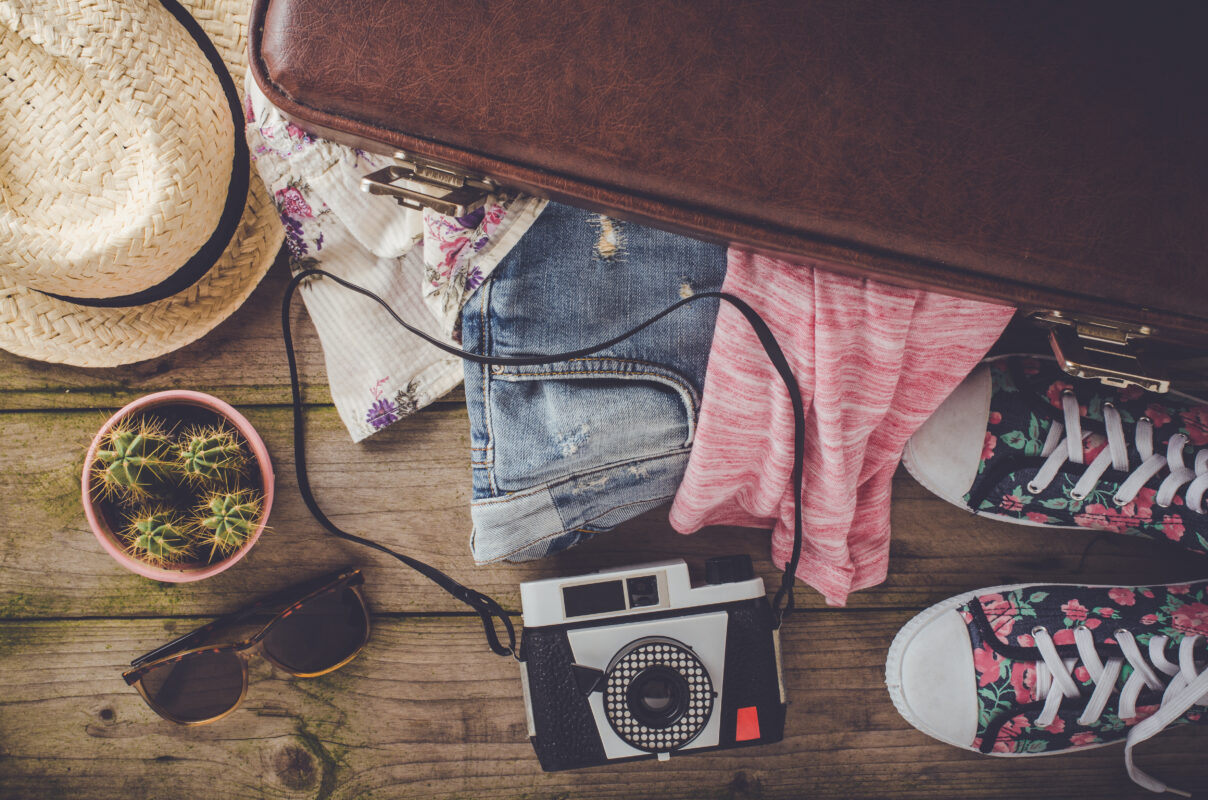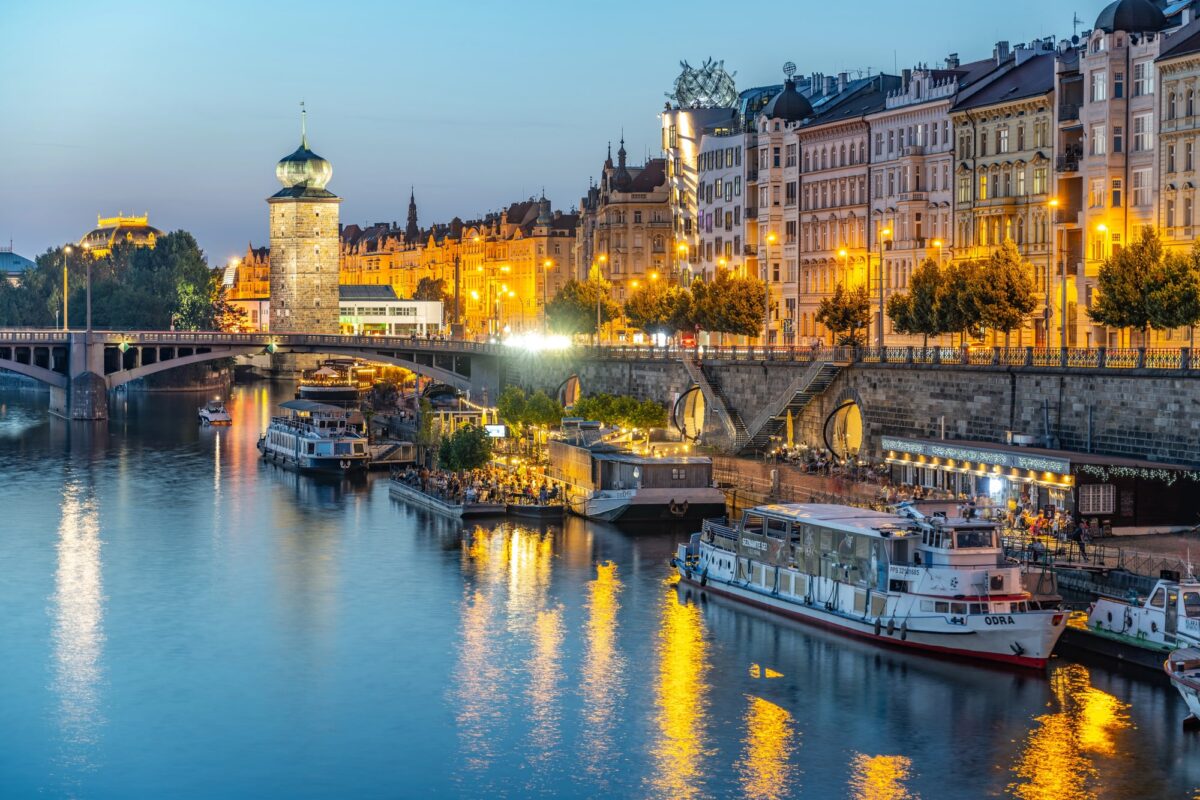Packing for any vacation can be tiresome and stressful, especially if you’re planning on visiting multiple countries. Packing for the appropriate weather conditions (especially when they are unpredictable) and not overpacking, you do not have to lug around a ton of luggage is the ethereal traveler’s conundrum.
But push those worries aside and don’t start packing your bags until you read our ultimate packing guide for Central Europe!
What to pack for every season
RAIN GEAR
In the summer, late spring, or early fall, bring a high-quality rain jacket that can be packed into a small bag. Choose a real rain jacket over a poncho. In the winter, early spring, or late fall, just make sure whatever heavy jacket you bring is waterproof. Unless you are coming in January or February, chances are very good that you will encounter rain. If you are well prepared for rain it won’t be a big deal – in fact, you may actually welcome the rain as it empties the streets of tourists. And by the principles of Murphy’s Law, investing in good rain gear is also the best way to ensure you have sunny weather the whole trip.

Want to build your own trip to Rome instead?
Instantly create your own customized trip with our easy to use trip builder
UMBRELLA, SUNGLASSES, SUNSCREEN, AND HATS
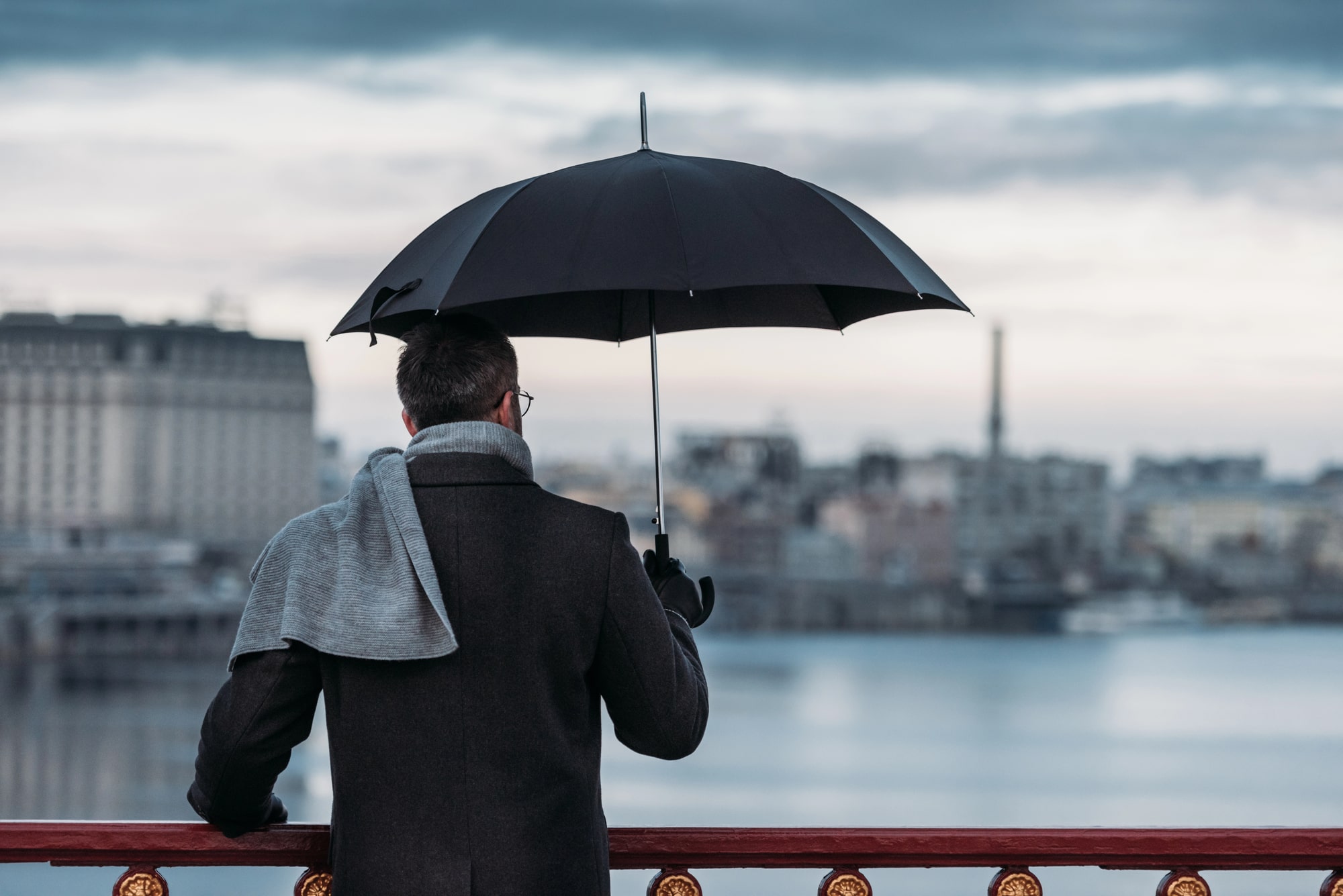
Pack a small, collapsible umbrella that fits easily in a backpack. Hats should be comfortable and provide protection from the sun in the summer or warmth in the winter. Sunglasses are also a good idea.
YOUR FAVORITE COLD MEDICINE AND HAND SANITIZER

You will encounter a lot of new viruses on your vacation as people from around the world also travel to these destinations. Finding a medicine that works well for you can be time-consuming and confusing in a foreign country. So pack whichever cold medicine is the most effective at relieving your symptoms and helping you rest in the evening. Having a small bottle of hand sanitizer is also a good way to avoid getting a cold in the first place. Hand sanitizer is commonly sold in Europe, so there is no need to bring more than a small bottle.
BACKPACK
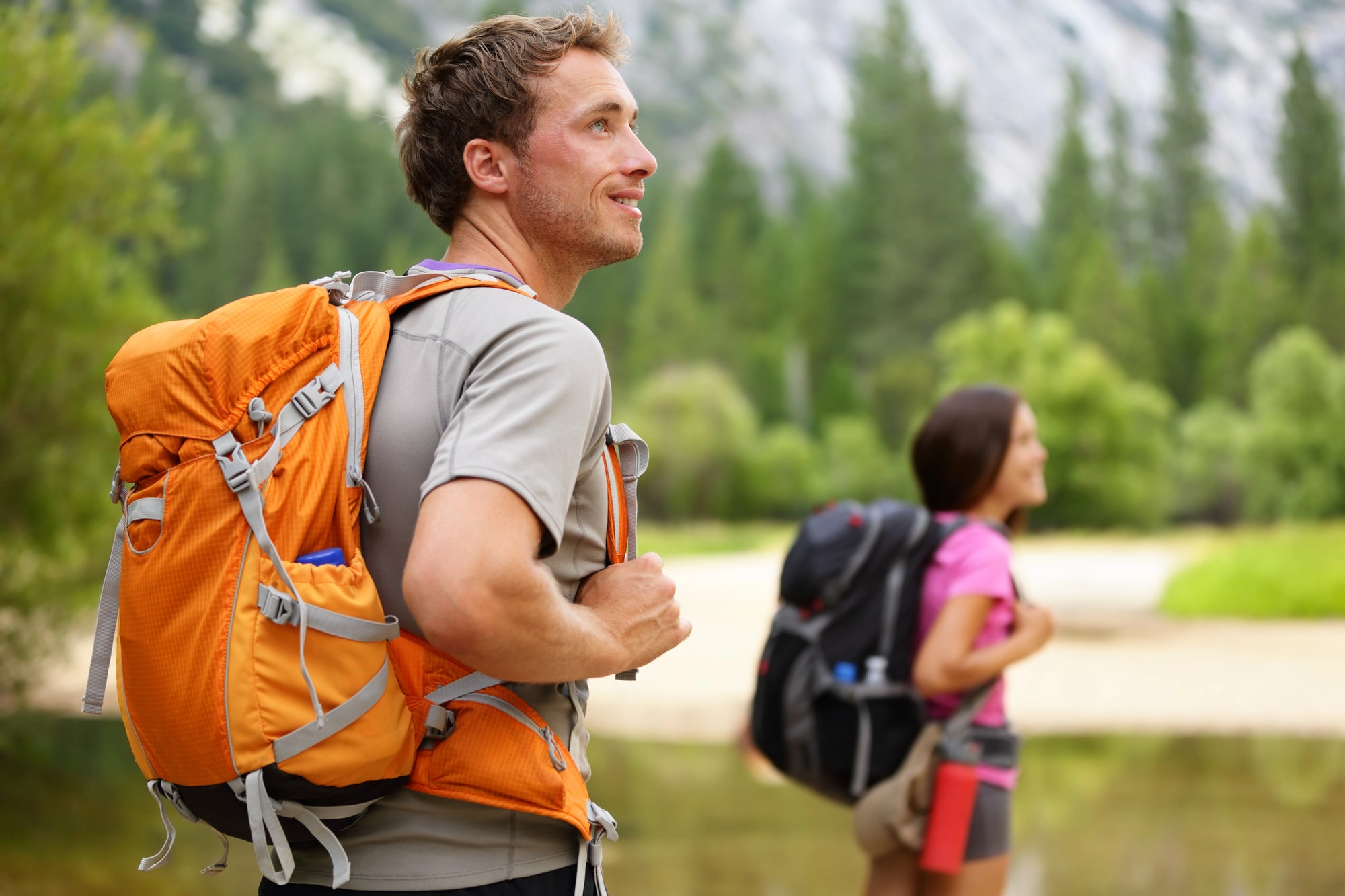
Bring either a large school backpack or a small camping backpack that isn’t too large to be a flight carry-on. Make sure it is something you will feel comfortable wearing around town. A backpack will come in handy to carry your maps and itinerary, to put purchases in, to carry water and snacks, and to keep your rain gear and extra layers of clothing handy. Consider bringing a backpack for each person.
GOOD WALKING SHOES
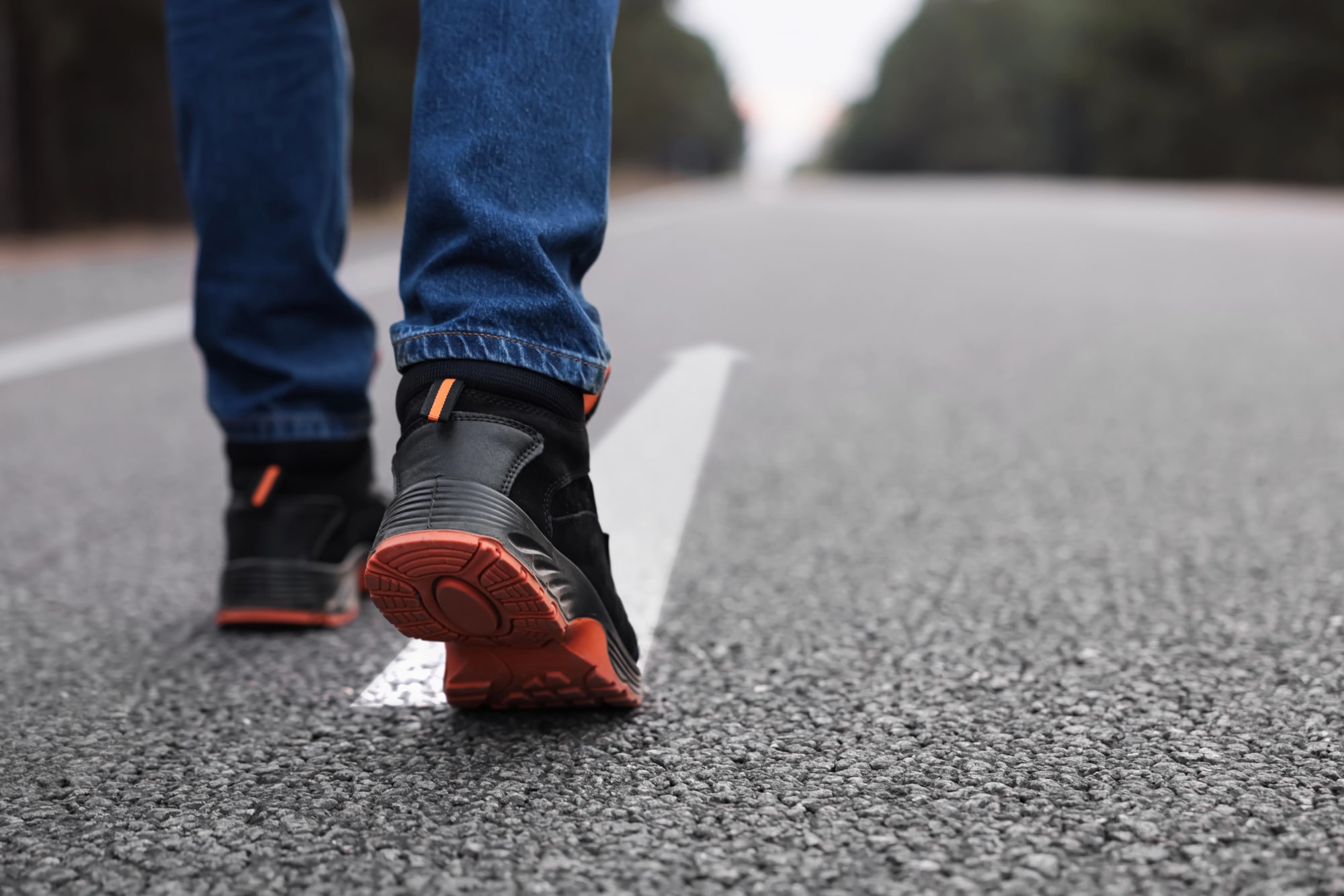
European cities are often covered in cobblestones and if you are traveling with a Go Real Europe itinerary, chances are you will do a fair amount of walking. Comfortable shoes are a must! Your shoes should also have good treads on them. If you are traveling from late November to mid-March, this is essential, as you may encounter icy streets and cobbles. The shoes also need to be warm for this time of year, or at the very least, should be big enough so that you can wear heavy socks.
EASILY WASHED UNDERCLOTHES
Packing t-shirts, undershirts, underwear, and socks that are easily washable means you can cut down on the overall amount of clothes you bring. The layers you wear on top of these clothes stay clean (at least relatively), which allows you to bring only a few outfits. And since you can wash the underclothes, you don’t need too many of them either. If you can find clothes with tags labeled “moisture wicking”, they will dry more quickly. Keep in mind that in the summer, you should either plan to bring washable t-shirts that can be worn on their own or very light undershirts which can be worn underneath the light, breathable shirts.
LAYERED CLOTHING
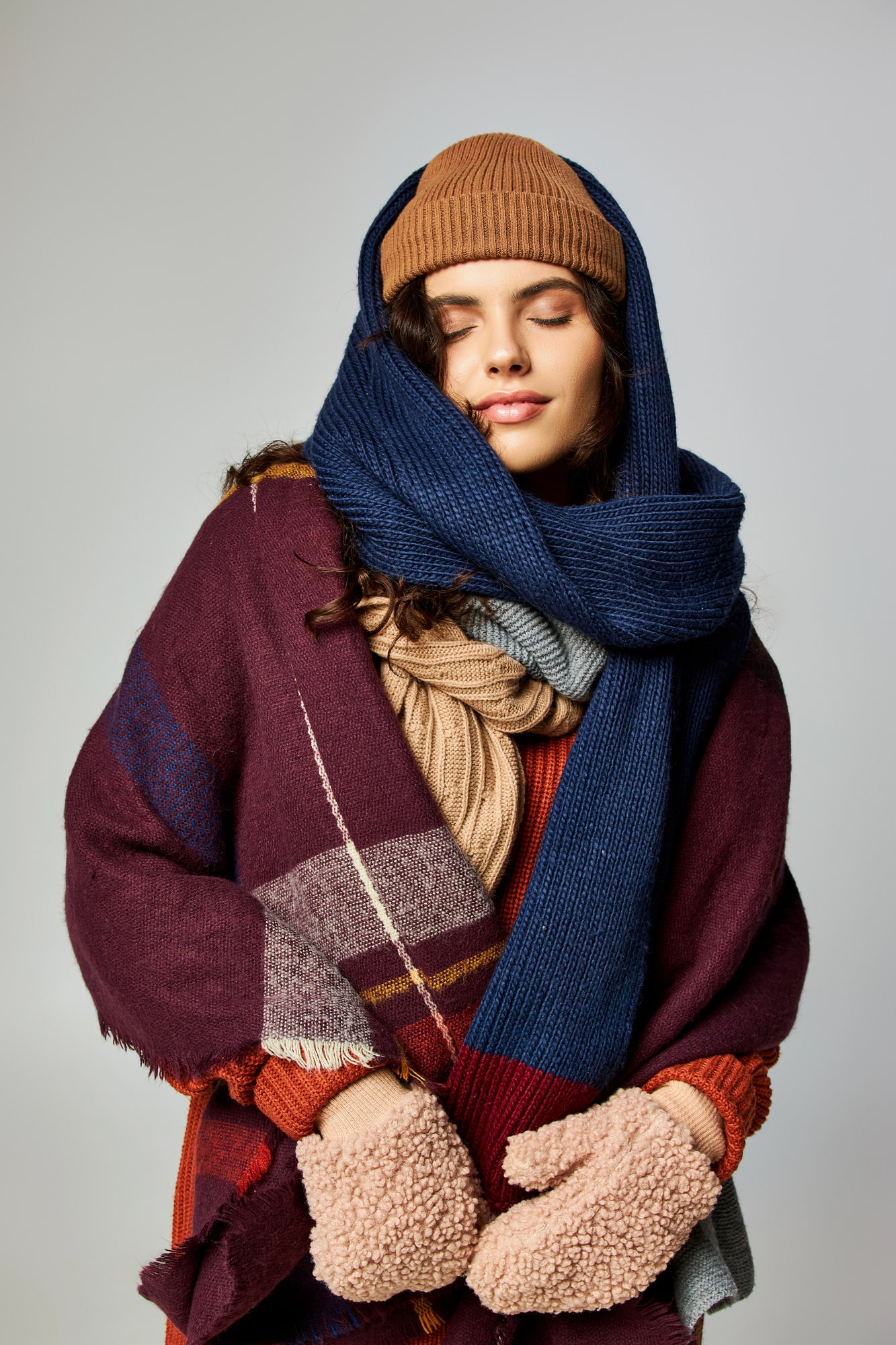
Pretty much any time of year you should be prepared for fairly dramatic shifts in temperature. The trick is to bring layered clothing. Lightweight sweaters and fleeces are a good idea the entire year, and jackets and sweaters are a good idea for October and April. A heavy winter coat, heavy sweater, and a couple pairs of warm socks (worn over your light socks) are usually needed from about mid-November to mid-March. The key is to pick out clothes that can easily be layered, so you can adjust to the changing temperature. Even in the summer months, you may sometimes end up wearing multiple layers.
SLIM WALLET, MONEY CLIP, AND/OR MONEY BELT

Just like in other major cities, there is no shortage of pickpockets in central European cities. The key is to avoid the fat wallet hanging out of your back pocket, or keeping everything in a purse that can be easily snatched. We actually suggest a slim wallet or money clip containing only the essential cards and identification you will need while you are out and about. You can leave your passport and other items in the hotel safe, and you can use ATMs rather than carry large sums of cash. Try to condense your wallet to the point where it can be discreetly placed in a front pocket that you can keep a close eye on. Don’t put it in your back pocket, backpack pocket, or purse if possible. Never, ever put your passport in your wallet. If you can do all this and you can stay aware of your surroundings, you should be okay.
Again, we don’t suggest carrying large sums of cash, but if you do, a money belt is a good idea. Look for one that will be accessible and will fit with the clothing you will be wearing.
If you are wearing just a t-shirt, some money belts stick out like a sore thumb, attracting the sort of attention you don’t want. If you are staying in 3-star hotels, they often lack an in-room safe. If you don’t feel comfortable leaving your passport in your room or at the front desk, this may be another reason to purchase a money belt.
PHOTOCOPIES OF YOUR PASSPORT AND CREDIT CARDS
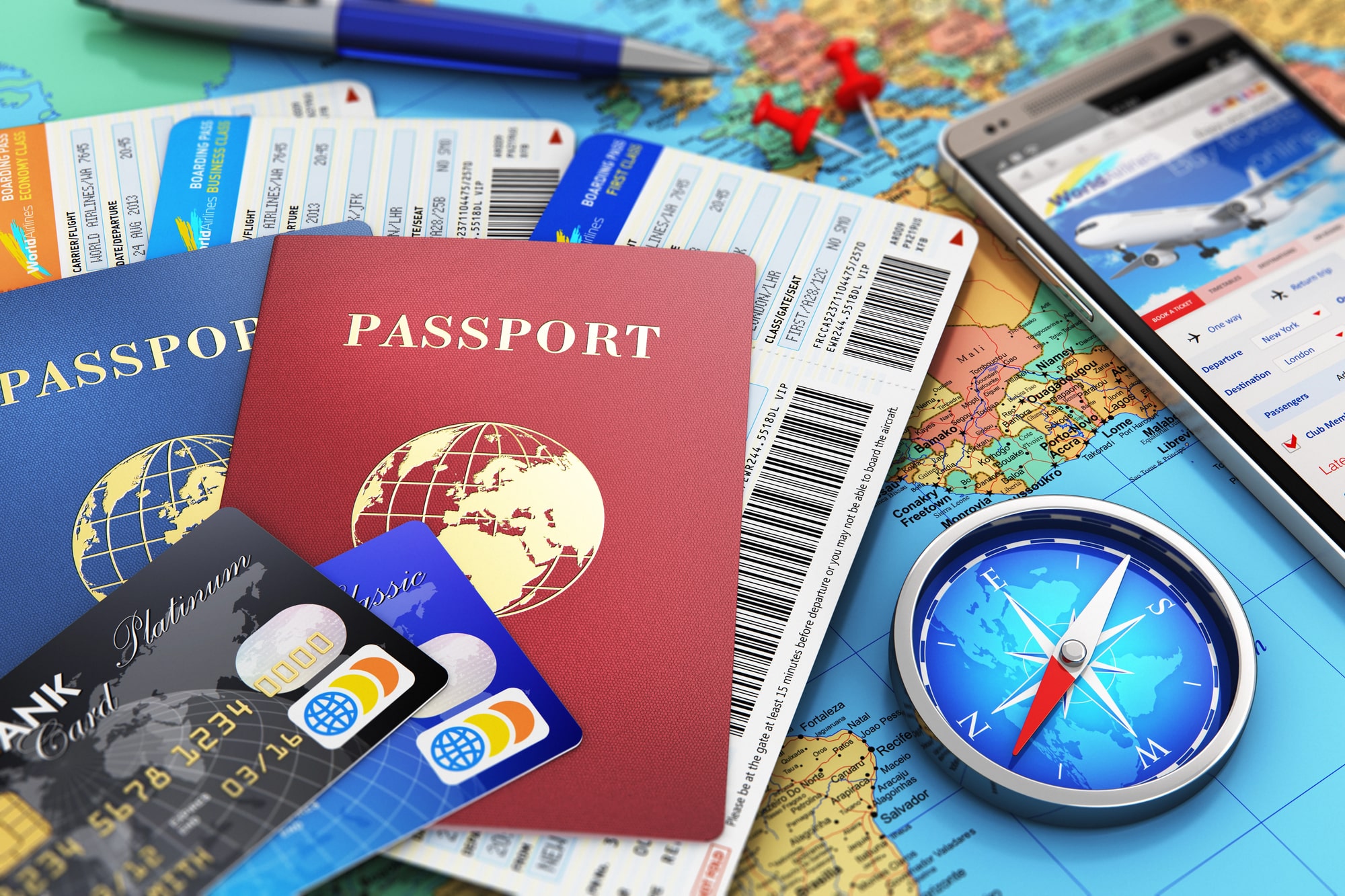
Make a photocopy of your passports, IDs, and credit cards so that if you do lose them you will be able to more easily deal with the situation. You should black out a few key details, such as the security codes of your credit cards, and rewrite them in a code that you won’t forget. Otherwise, the theft of all your photocopied documents could be a perfect opportunity for identity theft and credit card fraud.
PLUG ADAPTERS OR CONVERTERS
If you need to bring some sort of electronic device with you, check what voltage it is compatible with. The outlets in the Czech Republic, Austria, Hungary, Germany, and Poland are 230 Voltage. If your device is compatible with the voltage, you will just need a plug adapter, which enables you to plug the device into the European outlet. If your device is not compatible with the voltage, you will need a converter, which is more expensive and bulkier than a plug adaptor. In the United States, Radio Shack is a good place to purchase plug adaptors and converters. For more information on the different types of plugs and their voltages. If your itinerary includes multiple countries, you may want to consider buying an all-in-one adaptor. For our destinations, you can use the “C” plug type adapter (here are the plug types in our featured destinations: Austria: C or F, Czech Republic: C or E, Hungary: C or F, Germany: C or F, Poland: C or E).
What to pack for a concert
For Men:
In the better concert halls, slacks and a button up shirt are a bare minimum for men who don’t want to look like inconsiderate tourists. If you wear a jacket you will fit in even better, and a tie is a nice touch but not necessary. If you don’t want to wear a jacket a nice sweater may do. On the other hand, a tuxedo would be overkill.
For Women:
A cocktail dress that you would wear to a nice restaurant should be fine. A ballroom gown would be overkill. If you just plan to attend a concert aimed at a tourist audience, jeans and t-shirts will be fine, and dressing up will actually make you stand out rather than fit in.
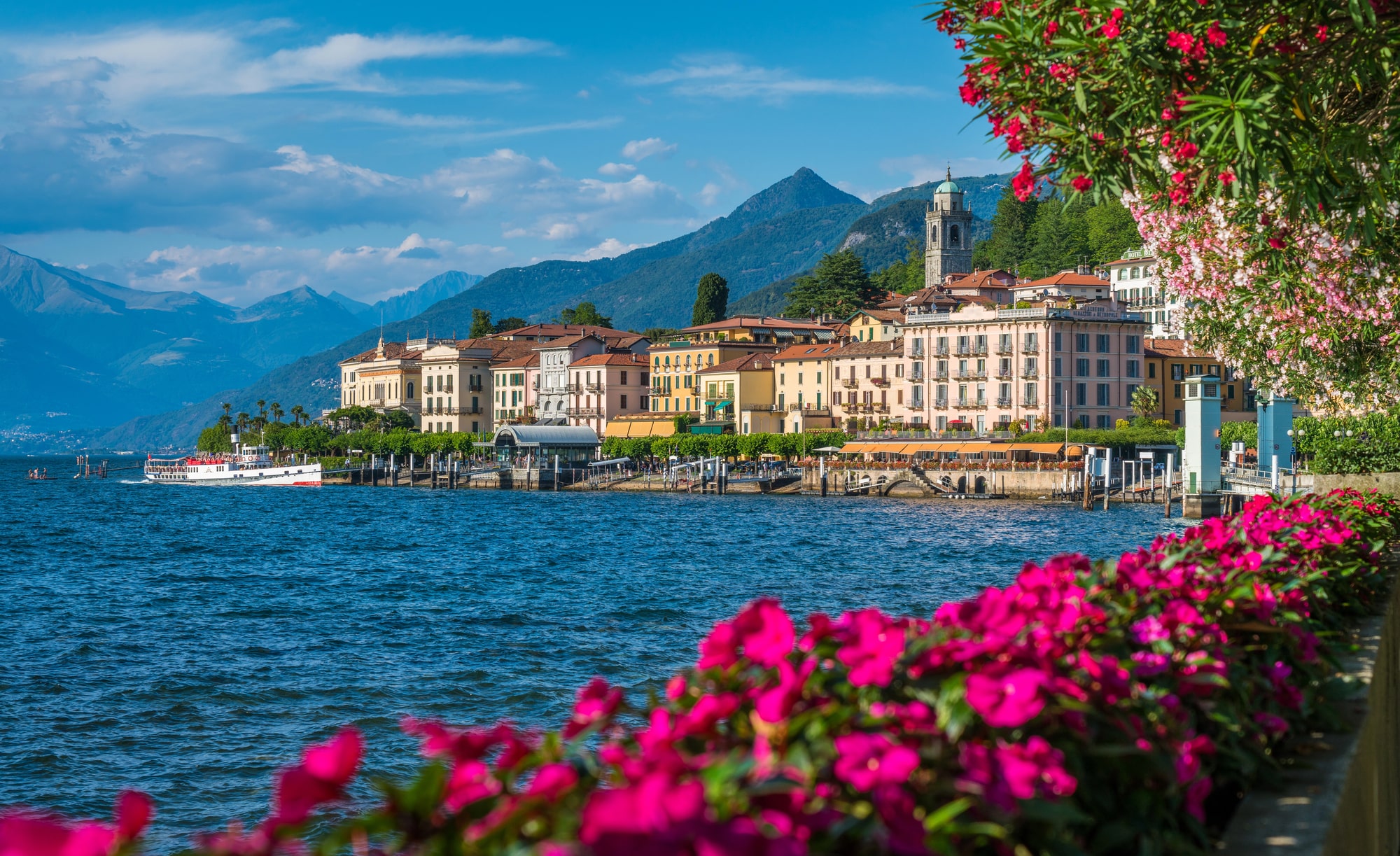
Want to build your own trip to Italy instead?
Instantly create your own customized trip with our easy to use trip builder
What to pack if you plan to participate in outdoor activities, swim, or visit the baths in Budapest
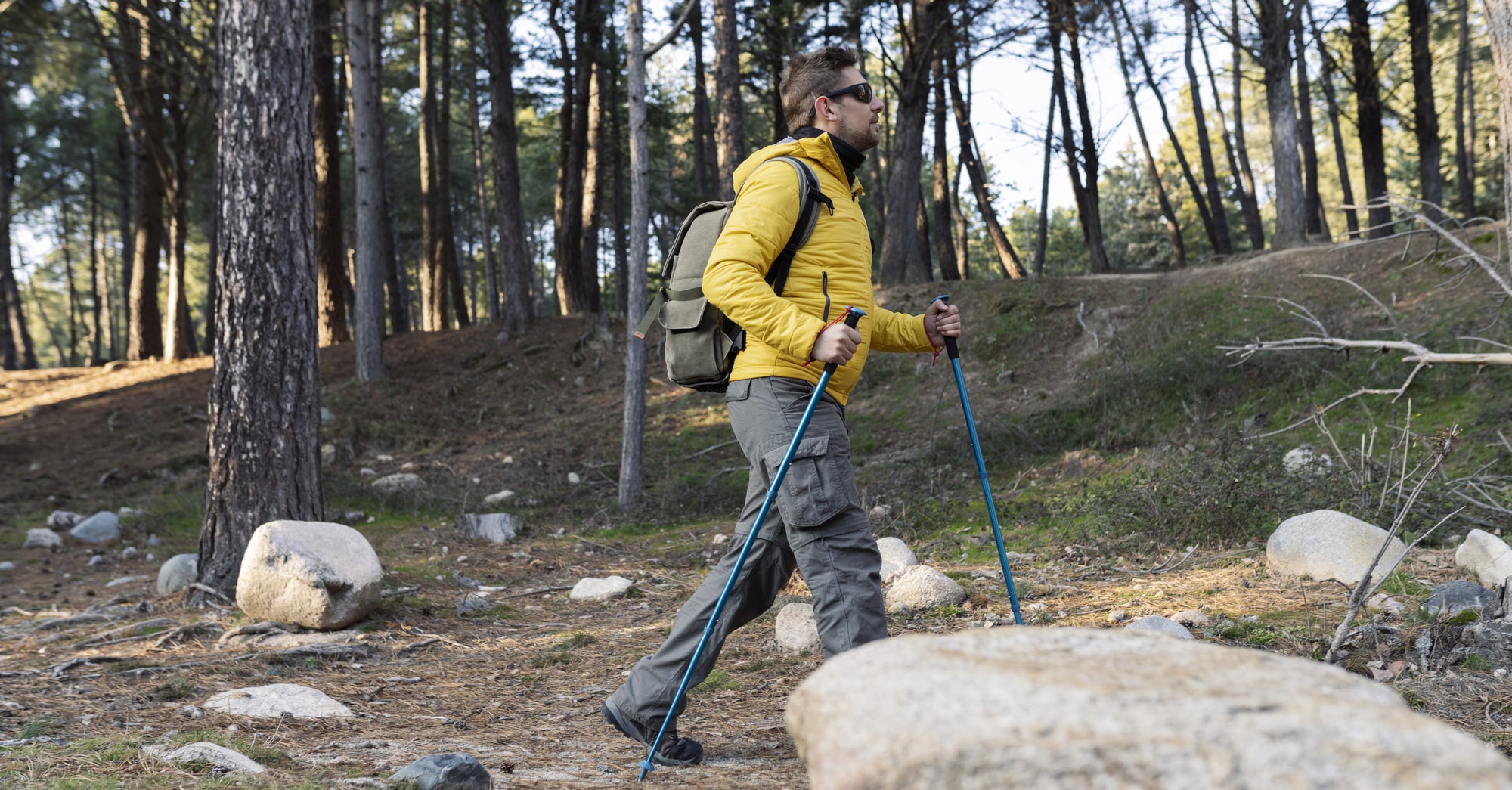
“RUGGED” CLOTHES
If your itinerary includes hiking, bicycling, horseback riding, rafting or other outdoor activities, bring some clothes you won’t mind getting sweaty, dirty, and/or wet. Tennis shoes or hiking shoes are also a good idea, particularly if you can wear these around town as well.
SWIMSUIT AND FLIP FLOPS
If your itinerary includes rafting, a visit to the baths in Budapest, or is in the summer months, you may want to consider swimsuits. Men can get away with a pair of shorts, but if you end up swimming in a man-made pool, this may be frowned upon. A lightweight and space-saving option is to pack a speedo (plus you’ll fit right in!). If that’s too revealing for you, European stores also sell less revealing square leg speedos. If you plan to go to any swimming pools or baths (for instance in Budapest) flip-flops are a must!
Should I pack lightly for my trip?
Most travel experts advise that you pack lightly for your Europe trip. While this is largely true, it can be taken too far.
It’s true that you can buy a lot of what you need in Europe after arriving, especially things like toiletries. On the other hand, you won’t always be near a major shopping center where you can buy a coat or rain gear, and if you are wet and cold by the time you find one you’ve probably ruined your day, and may be given yourself a cold that ruins the rest of the trip. And while it’s true that carrying a lot of luggage marks you as a tourist, so does spending your entire trip in a t-shirt. It’s probably going to rain on your trip and the weather isn’t going to be a consistent 72 degrees Fahrenheit, so you might as well come prepared.
How many bags should I bring?
If you are staying for only 4 or 5 days, then you are probably okay with just taking carry-ons. Otherwise, we suggest one carry-on per person plus one manageable checked bag per couple. If your checked bag is too heavy to carry comfortably, try packing an extra backpack inside your checked bag. This way once you arrive you can take some of that weight out of the checked bag. You can even pre-pack the backpack within the checked bag.
Try to combine the bags so you aren’t wheeling two separate bags, or don’t have two bags on your shoulders. For instance, an ideal combination for a hypothetical couple might be as follows:
Husband: Pulls a wheeled suitcase that was checked in, and wears a backpack he carried on
Wife: Pulls a small wheeled suitcase that she wore on, and wears the extra backpack that was packed in the checked bag
In any case, be sure to check the baggage rules for your airline , as they are constantly changing and you do not want any surprise fees upon arrival at the airport!

